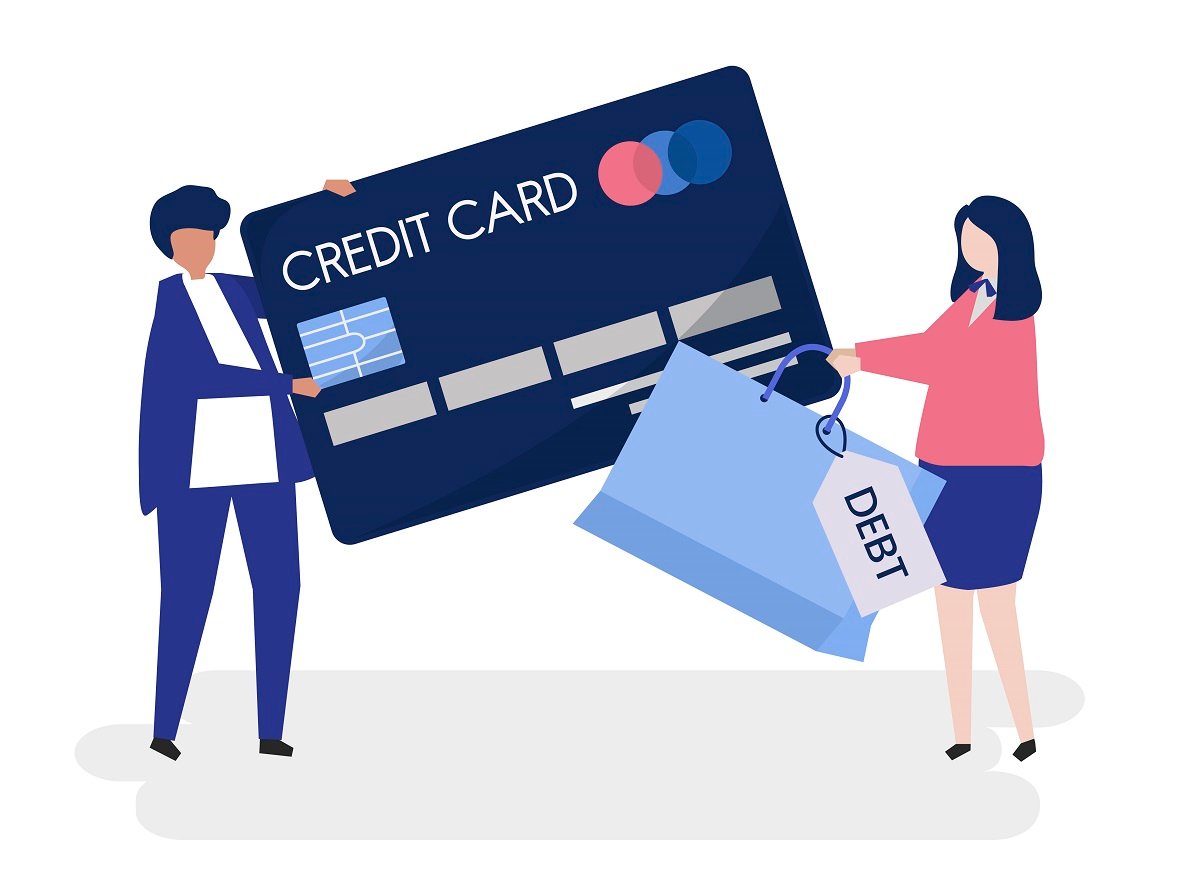The digital nomad lifestyle is more than just a trend—it’s a way of life that’s here to stay. As 2024 unfolds, the possibilities for living and working on the go are more accessible than ever. But to truly thrive as digital nomads, you need more than just a plane ticket and a laptop. It takes planning, the right tools, and a balanced approach to work and life. Whether you’re a seasoned traveler or just starting, these tips will help you make the most of your journey as a digital nomad.
Embracing Change in the Digital Nomad Lifestyle
2024 brings new challenges and opportunities for digital nomads. Remote work is no longer a novelty; it’s the norm. This shift opens up a world of possibilities, but it also requires you to be adaptable and ready to learn on the fly. The rise of co-working spaces, faster internet, and smarter travel tools has made the nomadic life more convenient. But to keep up, you must stay informed and flexible. The key to thriving as a digital nomad is embracing these changes, not resisting them.
Tech and Gadgets: Your Mobile Office
Reliable Laptop
Your laptop is your lifeline. It’s your office, your communication hub, and your entertainment center all in one. Choose something lightweight but sturdy, with enough power to handle all your work tasks. Long battery life is a must, especially if you find yourself in places where outlets are a luxury.
Portable Wi-Fi
Staying connected is non-negotiable. A portable Wi-Fi device with global coverage ensures you’re never offline, even in the most remote locations. It’s like having a safety net for your connectivity, so you’re not at the mercy of local networks.
Noise-Canceling Headphones
When you’re working in a busy café or on a crowded train, noise-canceling headphones are a game-changer. They block out distractions, helping you stay focused and productive. They’re worth their weight in gold for the peace they bring to chaotic environments.
Power Banks and Multi-Port Chargers
Nothing kills productivity faster than a dead battery. A reliable power bank keeps your devices charged on the go, while multi-port chargers let you juice up all your gadgets at once. These tools ensure you’re always ready to work, no matter where you are.
Cloud Storage
Forget about lugging around external drives. Cloud storage services like Google Drive or Dropbox keep your files safe and accessible from anywhere. Plus, they add an extra layer of security, so you don’t have to worry about losing important documents if something happens to your laptop.
Balancing Work and Life: Finding Your Groove
Set a Routine
Routines might seem counterintuitive to the nomadic lifestyle, but they’re essential. A daily routine helps you stay organized and productive, no matter where you are. Whether it’s starting your day with a workout or setting specific work hours, a routine keeps you grounded and helps you make the most of your time.
Use Productivity Tools
Staying on top of multiple projects can be a juggling act. Tools like Trello and Asana help you keep track of tasks, deadlines, and progress. They’re like having a personal assistant in your pocket, making sure nothing falls through the cracks.
Communicate Clearly
Clear communication is crucial when working remotely. Set expectations with clients or employers about your availability, especially when time zones are involved. Regular check-ins help build trust and ensure everyone is on the same page.
Financial Strategies: Keeping Your Wallet Healthy
Create a Budget
Budgeting is key to sustaining your lifestyle. Break down your expenses into categories like accommodation, food, and travel. Keep an eye on your spending to avoid surprises, and make sure you’re living within your means. A solid budget gives you peace of mind and the freedom to enjoy your travels without financial stress.
Diversify Your Income
Relying on a single income stream is risky, especially when you’re on the move. Diversify your income with freelance work, consulting, or passive income sources like investments. Multiple income streams provide stability and give you more control over your finances.
Use Financial Apps
Managing your money on the go is easier with the right tools. Apps like Mint or YNAB (You Need a Budget) help you track your expenses and savings. These tools give you a clear picture of your financial health so you can make informed decisions and stay on top of your finances.
Plan for the Future
It’s easy to get caught up in the excitement of the nomadic lifestyle, but don’t forget to plan for the future. Set aside money for emergencies and retirement. Financial security is the foundation of a sustainable nomadic life, giving you the freedom to travel with confidence.
Building a Support Network: Staying Connected
Join Online Communities
There’s a whole world of digital nomads out there, and online communities are the perfect place to connect. Platforms like Nomad List and Meetup are great for finding like-minded people, sharing tips, and even organizing meetups. These communities are your lifeline to staying social and connected on the road.
Co-Working Spaces and Events
Co-working spaces are more than places to work—they’re hubs for networking and meeting new people. Many cities popular with digital nomads host events and meetups that help you build relationships and find a sense of community. Engaging in these activities can make your travels more enjoyable and less isolating.
Keep in Touch with Loved Ones
No matter where you are in the world, staying connected with family and friends is crucial. Regular video calls, messages, and social media updates keep your relationships strong. A good support system keeps you grounded and reminds you that home is just a call away.
Sustainable and Ethical Travel: Making a Positive Impact
Choose Sustainable Accommodations
Look for places to stay that prioritize sustainability. Eco-friendly accommodations often have green certifications or use practices that reduce waste and conserve energy. Choosing these options helps minimize your environmental footprint and supports businesses that are doing their part for the planet.
Support Local Businesses
Whenever possible, spend your money at local businesses. From eating at family-owned restaurants to buying handmade goods, your spending can have a positive impact on the communities you visit. Supporting local businesses also gives you a more authentic travel experience.
Respect Local Cultures
Traveling isn’t just about seeing new places—it’s about experiencing new cultures. Respect local customs and traditions. Take the time to learn about the places you visit, and always approach new cultures with an open mind and heart. Respectful travel leads to meaningful connections and a deeper appreciation of the world around you.
Staying Ahead of Trends: The Future of Digital Nomadism
Remote Work Opportunities
Remote work is expanding across industries, offering more opportunities for digital nomads. Stay informed about which sectors are growing and what skills are in demand. Being proactive about your career keeps you competitive and ensures you’re always in the loop.
Travel Tech Innovations
Advances in travel technology make the nomadic life easier and more convenient. From smarter luggage to apps that streamline booking and planning, staying updated on the latest tech ensures you’re well-equipped for life on the road.
Digital Nomad Visas
More countries are introducing digital nomad visas, making it easier to live and work legally in different parts of the world. Research and apply for these visas to expand your options and add more destinations to your travel list.
Conclusion
Thriving as a digital nomad in 2024 is all about balance, adaptability, and connection. With the right tools, a solid plan, and a supportive community, you can enjoy the freedom and adventure that comes with this unique lifestyle. Embrace the journey, stay open to new experiences, and remember—home is wherever you make it. If you have tips or stories to share, we’d love to hear them!










